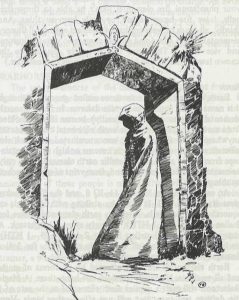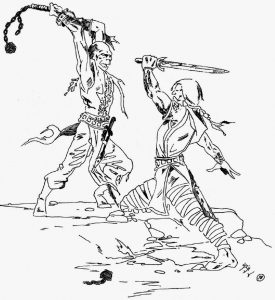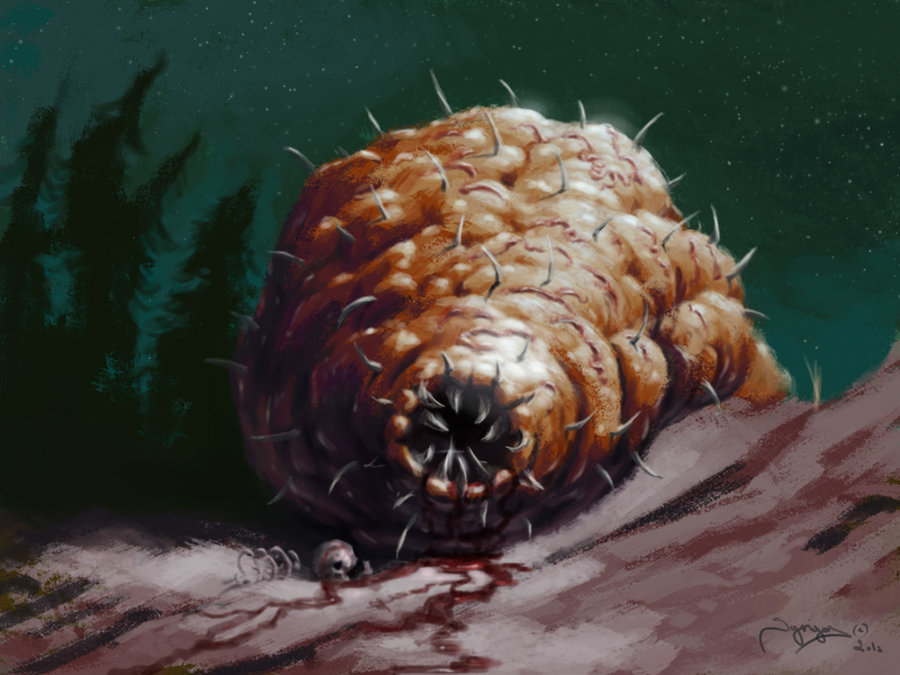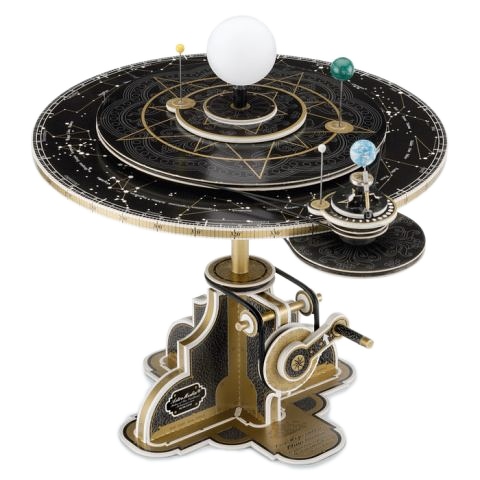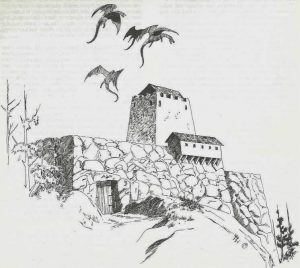This is sort of an alternative answer to one of the issues that Brian highlights in his post Skill Atrophy. The part that really struck a chord with me was the comment about higher level characters becoming more generic as they learn a broader range of skills once they have maxed out their core skills.
I really hate ‘generic’.
Having said that the character design criteria I ask my players to aim for is a well rounded character who could have survived to reach level one. I like characters that have some kind of answer to the problems of healing, being cornered in a fight or lost in a hostile environment. I don’t want everyone to be the same but also don’t like characters that are pretty one dimensional.
Where as Brian has aimed to slow the number of new skills bought by higher level characters by effectively levying a maintenance tax on the skills the characters already have. The more skills and ranks you have the more development points must be spent in maintaining those skills.
I would suggest that if the characters are only allowed to invest development points into skills they have used or have actively sort out training for you could slow the spread of new skills. You cannot keep putting points into a new weapon if you never actually use it or seek out a trainer. Rather than leveling up becoming a supermarket sweep of grabbing new skills you can only improve the skills you have really been using. If your characters have been doing a mission based upon stealth, subtefuge and politics then their stealth, subtefuge and political skills should improve at the end of it.
The characters skill set or CV (resumé?) then reflects the characters history and experience.
As part of our character sheets we use a grid like sheet that has the skills cost, name, stats and then one box for every rank. If you are learning a skill you line through the skill rank box, if you have learned the skill you line though the box in the other direction to create an X in the box. Using a skill qualification system you can use a similar notation. line across the box if the skill has been used (and is therefore eligible to buy more ranks in), a second bar across the box if you have spent DPs to learn it and finally a vertical line down if the skill has been learned. The whole thing then makes a plus or minus symbol thus ±.
I see two advantages to my version. The characters skills reflect the reality of the way the character has been played and secondly levelling up becomes faster. If there are only so many skills you are eligible to buy and they are either ones you spent time and effort learning in game or the skills you have been using then spending those ‘next level’ DPs will be quicker and easier.
I will be doing something similar to this in my levelless RM variation I will be running as my next campaign. In that your character sheets will list every available skill, as you use skills you can mark them as used. When the party would normally rest/train/try to gain experience you make an attempt to imporve the skills (gain a rank) by rolling against the skills you have marked. That is basicaly what one does in Runequest and Call of Cthulhu.
Finally, you will always get someone who is unlucky with the dice, the person whos stats go down and not up when doing stat gain rolls. I can imagine Mr Unlucky spending countless DPs just trying to maintain his skills while lucky players never lose out and streak ahead of him in capability.


